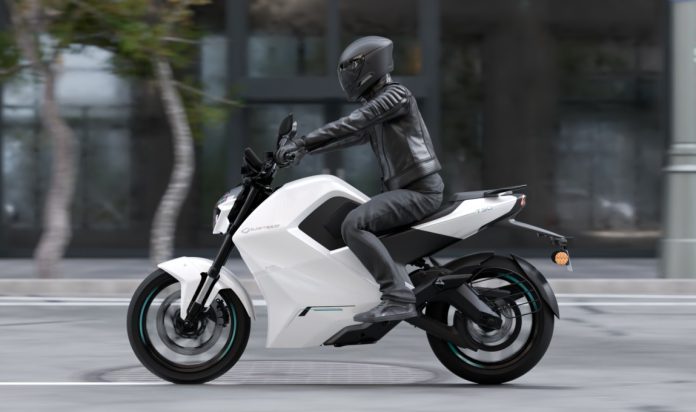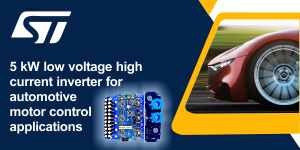Raptee.HV, the Chennai-based electric motorcycle startup pioneering the use of electric car’s high-voltage (HV) technology in two-wheelers, has announced that it has secured strategic funding from the Technology Development Board (TDB), Department of Science & Technology, Government of India. This milestone makes Raptee.HV the First Electric Vehicle Motorcycle OEM in the country to receive financial support from TDB, underscoring the company’s research-first approach and groundbreaking innovations in mobility technology.
The fresh funding will enable Raptee.HV to further advance its proprietary high-voltage technology and accelerate its efforts to capitalize on the USD 1 billion performance electric motorcycle category.
“This support from the Technology Development Board is a strong endorsement of Raptee.HV’s mission to redefine performance electric mobility, from India, for the world. In the absence of an ecosystem for high-voltage motorcycle architecture, we built our own through uncompromising engineering. Earlier, we also received a grant from the Ministry of Heavy Industries through ARAI-AMTIF, and now from TDB, both clear signals of the Government of India’s focus on supporting indigenous technological innovation. The trust placed in us by TDB and ARAI-AMTIF strengthens our resolve to push the boundaries of performance-driven motorcycle electrification in India” said Dinesh Arjun, CEO & Co-Founder, Raptee.HV.
In 2021, Raptee.HV was also the only OEM to be awarded a non-dilutive grant of ₹3.25 crore from ARAI-AMTIF, further validating its deep-tech focus. With the latest backing from TDB, Raptee.HV joins the ranks of some of India’s most respected groundbreaking innovations, such as the TATA Indica and Bharat Biotech’s COVID-19 vaccine, which have historically received TDB’s support. For the Board, this marks its first-ever investment in the EV Motorcycle segment, signaling a bold commitment to advancing next-generation mobility technologies.
Unlike many EV players who build on existing platforms, Raptee.HV has spent over six years developing its technology ground-up, creating India’s only electric motorcycles powered by proven high-voltage car technology. What was considered nearly impossible six years ago has now become a reality, with Raptee.HV motorcycles offering car-level performance, reliability, and charging convenience.
Since motorcycles account for nearly two-thirds of India’s two-wheeler market, their electrification is critical to achieving India’s 2030 target of 30% EV penetration in two wheelers. And Raptee.HV believes that true motorcycle electrification requires leapfrog advancements like the disruptive shifts seen in the global car industry, not incremental upgrades to existing technologies, as both are inherently performance-driven.








